Benefits of Bhadrasana and How to Do it By Dr. Himani Bisht
By Dr. Himani Bisht +2 more

Get,

to manage your symptom
Get your,


4 Cr+ families
benefitted

OTP sent to 9988776655



You’ve successfully subscribed to receive
doctor-approved tips on
Whatsapp

Get ready to feel your best.

Hi There,
Download the PharmEasy App now!!


Register to Avail the Offer
Send OTPBy continuing, you agree with our Privacy Policy and Terms and Conditions

Hi There,
Sign up on PharmEasy now!!
Trusted by 4 crore+ families

OTP sent to 9988776655



You have unlocked 25% off on medicines




Code: NU25
By Dr. Himani Bisht +2 more
Table of Contents
Due to prolonged sitting habits throughout the day, we experience limited flexibility in the hip muscles. Since these muscles lose flexibility, they can be painful and the movements get restricted. These changes in the movements impact the other regions of our body and ultimately affect the way we move. Yoga poses might help address flexibility issues of the major muscle groups1.
Bhadrasana, is one such yogasana. It is a sitting posture. Let us read further to know more about bhadrasana benefits2.
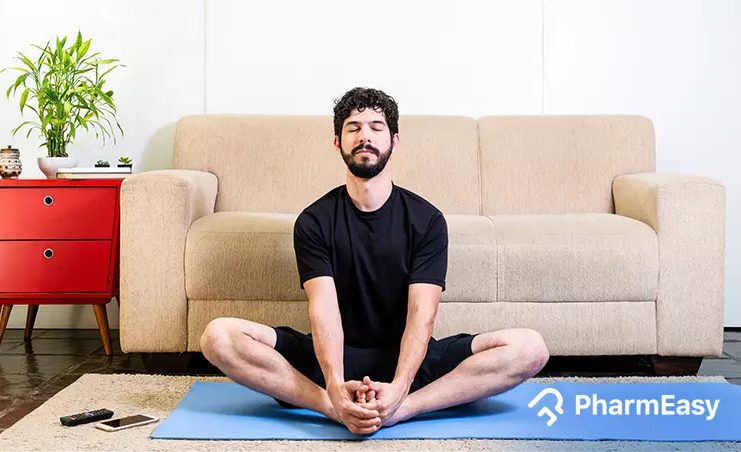
Bhadrasana is a combination of two words, Bhadra and asana. Bhadra means firm or auspicious; thus, bhadrasana is also called the firm or auspicious posture. It is an excellent meditation pose. This asana helps to increase blood flow in the pelvic (region between abdomen and thighs) part2,3.
Did You Know?
To perform the bhadrasana yoga pose, we must sit with our neck, head and back straight with your legs stretched in the front. Let the hips and palms rest on the floor comfortably. Then follow the following steps to get into the bhadrasana posture:
If you cannot touch your thighs to the floor or cannot even reach them somewhat close to the floor, you may place a soft cushion underneath the knees for support.
Practising bhadrasana might increase the flexibility of your legs, and improve strength in the thighs, hips, backbone, and buttocks. Additionally, it may also relieve varicose veins in people who regularly practice it9.
Dr. Rajeev Singh, BAMS
Yogasanas have benefitted humankind for ages; bhadrasana is another beneficial yoga pose which helps in several ways, as follows:
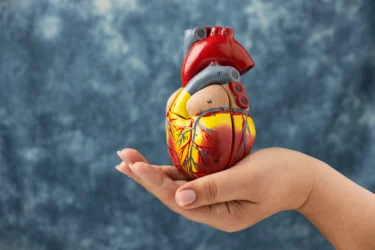
According to the American Heart Association6, eating healthy, exercising and meditation might be good preferences to benefit for heart disease. Cardiovascular diseases (a group of disorders of the heart and blood vessels) may be caused due to high cholesterol levels and increased blood pressure. Appropriate yoga practices are of high importance to help in these two conditions and help reduce mental stress. In the study by Karunaratne HK, Hatha Yoga Pradipika-based literature survey was conducted to investigate the yoga practices suitable for cardiovascular health. The study found that Hatha Yoga, which was correlated with asanas and Yogic exercises, including muscular stretch, might benefit cardiovascular diseases. Bhadrasana, one such practice, might have similar special effects and thus can help maintain cardiovascular health.

In the study7 conducted in 2017, Chauhan et al. found that the body mass index or BMI (a person’s weight in kilograms divided by the square of height in meters) of the study participants doing bhadrasana was reduced within a month; this effect might be the asana that might help to decrease the fat deposited within the adipose tissue. Their findings also indicated that yoga therapy, which includes several yoga asanas including bhadrasana could possibly reduce obesity-related complications.
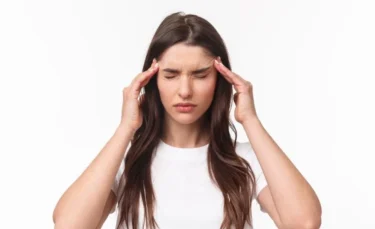
Bhadrasana can help to keep the body firm and stabilise the mind2. According to the 2017 study7 done by Chauhan et al. The asanas such as bhadrasana might relax and calm the mind. It might balance and regularize the stress-controlling centre in our nervous system.
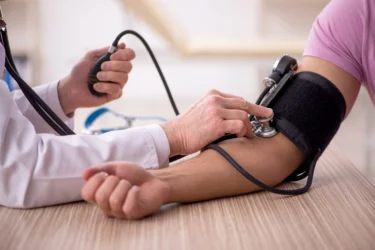
The upright position of the spine in these asanas, such as bhadrasana, allows slowing down of heart rate. This effect reduces load on the heart to pump blood to the brain against gravity. Thus, the heart rate and the cardiac output simultaneously slow down, and BP is controlled7.
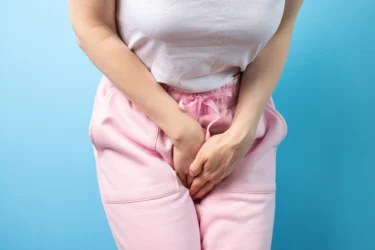
Thakre and Bhati, in a study8 in 2018, conducted a clinical trial to study the effectiveness of bhadrasana, along with other asanas, on Stress Urinary Incontinence (SUI) patients. According to the Yogic literature, bhadrasana might help strengthen pelvic floor muscles (muscles between the thighs containing the urinary region, genitals, rectum, bottom, and vagina). They further found that regular practice bhadrasana and other such asanas might strengthen abdominal muscles and the pelvic floor and reduce the SUI symptoms.
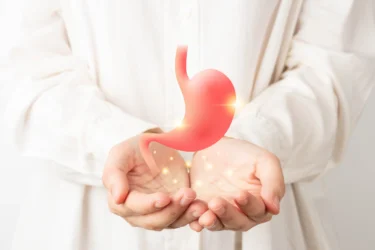
Yoga practice may help develop the mind and body; however, it is still not an alternative to modern medicine. You must not rely on yoga alone to treat any condition. Please consult a qualified doctor who will be able to assess your condition correctly and advise accordingly. Moreover, it is necessary to practice and learn yoga under the supervision of a trained yoga teacher to avoid any injuries.
As we all know, any yoga asana works around some chakras in the body. Bhadrasana is associated with one of the chakras, the root chakra. The root chakra is associated with the Earth element. Practising bhadrasana may open this root chakra which can result in activating a sense of security in the mind9.
Dr. Siddharth Gupta, B.A.M.S, M.D (Ayu)
Any asana should be essentially performed correctly under the guidance of an expert yoga trainer or instructor. While performing bhadrasana following risk factors must be kept in mind:
Also Read: Benefits of Virasana (Hero Pose Yoga) and How to Do it By Dr. Ankit Sankhe
Bhadrasana is a sitting posture that is helpful to keep the body upright and calm the mind. Archaeologists have found evidence of the existence of this asana in ancient times. We must perform this bhadrasana yoga pose under expert guidance to achieve maximum benefits for conditions like cardiovascular disorders, Stress Urinary Incontinence, blood pressure and obesity. Thus, it can be a way to achieve good health and relief from stress through regular practice.
Also Read: Benefits of Kapotasana (Pigeon Pose) and How to Do it By Dr. Himani Bisht
Since “Bhadra” means firm or auspicious thus, other names of bhadrasana can be firm posture or auspicious posture2.
No, since the asana might put some pressure on the knees as it requires folding of legs. It is advised that this asana may be avoided by patients who have arthritis2.
Studies have shown that bhadrasana, along with other yoga poses, might help reduce body mass index or BMI (a person’s weight in kilograms divided by the square of height in meters) and it might help decrease the fat deposited within the adipose tissue. Thus, yoga practices, including bhadrasana, can help us in weight management7.
Bhadrasana might be beneficial for women’s problems, such as relief of abdominal pain often experienced during menstruation and issues related to pregnancy. This effect strengthens pelvic floor muscles (muscles in the areas between the thighs containing the urinary region, genitals, rectum, bottom, and vagina). Bhadrasana, along with other such asanas, can also reduce the SUI symptoms in women2,8.
Also Read: Benefits of Konasana (Angle Pose) and How to Do it By Dr. Ankit Sankhe
Disclaimer: The information provided here is for educational/awareness purposes only and is not intended to be a substitute for medical treatment by a healthcare professional and should not be relied upon to diagnose or treat any medical condition. The reader should consult a registered medical practitioner to determine the appropriateness of the information and before consuming any medication. PharmEasy does not provide any guarantee or warranty (express or implied) regarding the accuracy, adequacy, completeness, legality, reliability or usefulness of the information; and disclaims any liability arising thereof.
Links and product recommendations in the information provided here are advertisements of third-party products available on the website. PharmEasy does not make any representation on the accuracy or suitability of such products/services. Advertisements do not influence the editorial decisions or content. The information in this blog is subject to change without notice. The authors and administrators reserve the right to modify, add, or remove content without notification. It is your responsibility to review this disclaimer regularly for any changes.
Comments

Leave your comment...
You may also like
Comments